- My Account
- Place a Reorder
- Logout
Home » Respiratory Therapy » Tracheostomy Supplies » Trach Tubes & Inner Cannulas
Showing 1–16 of 55 resultsSorted by popularity
-
Sale!
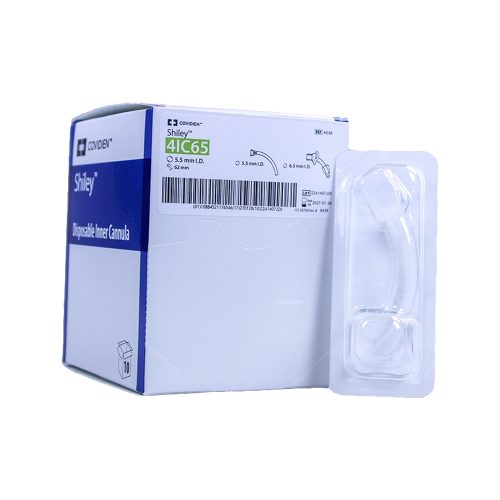 Covidien (Medtronic)
Covidien (Medtronic)Shiley Flexible Disposable Inner Cannula (DIC)
Starting at: $5.79 Select options This product has multiple variants. The options may be chosen on the product page -
Sale!
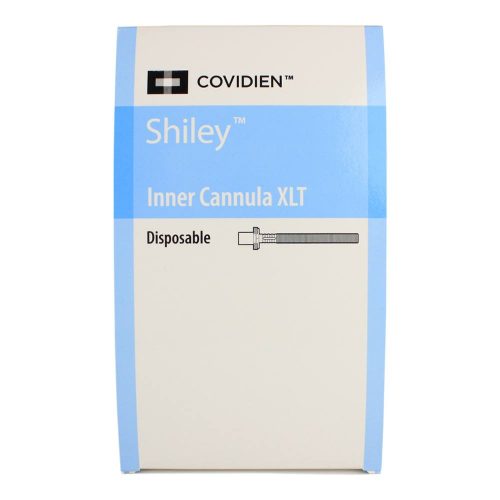 Covidien (Medtronic)
Covidien (Medtronic)Shiley XLT Disposable Inner Cannulas
Starting at: $8.79 Select options This product has multiple variants. The options may be chosen on the product page -
Sale!
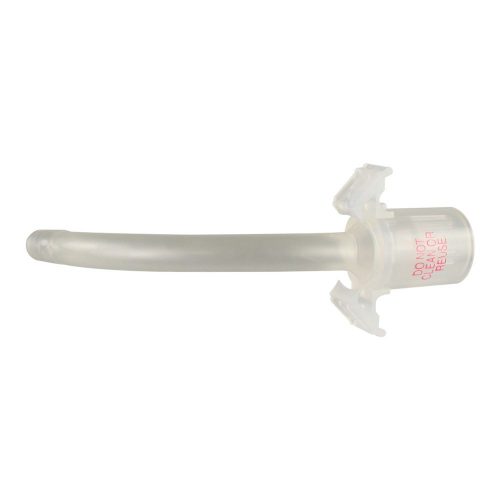 Covidien (Medtronic)
Covidien (Medtronic)Shiley Disposable Inner Cannula (DIC)
Starting at: $4.99 Select options This product has multiple variants. The options may be chosen on the product page -
Sale!
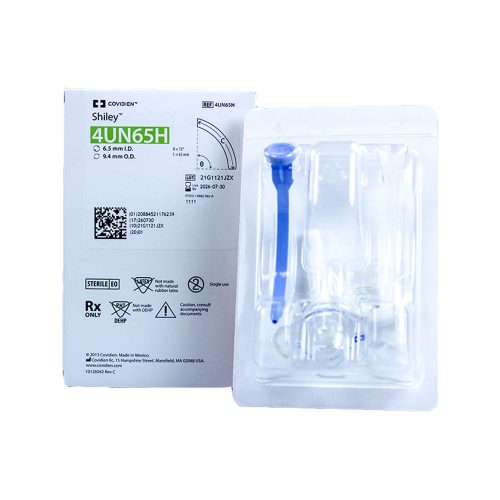 Covidien (Medtronic)
Covidien (Medtronic)Shiley Flexible Tracheostomy Tube Cuffless, Disposable Inner Cannula
Starting at: $66.29 Select options This product has multiple variants. The options may be chosen on the product page -
Sale!
 Smiths Medical
Smiths MedicalBLUselect Standard Replacement Inner Cannula
Starting at: $5.49 Select options This product has multiple variants. The options may be chosen on the product page -
Sale!
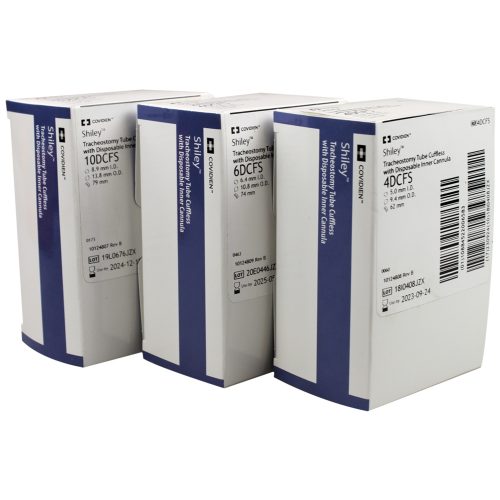 Covidien (Medtronic)
Covidien (Medtronic)Shiley Tracheostomy Tubes, Cuffless with Disposable Inner Cannula
Starting at: $53.09 Select options This product has multiple variants. The options may be chosen on the product page -
Sale!
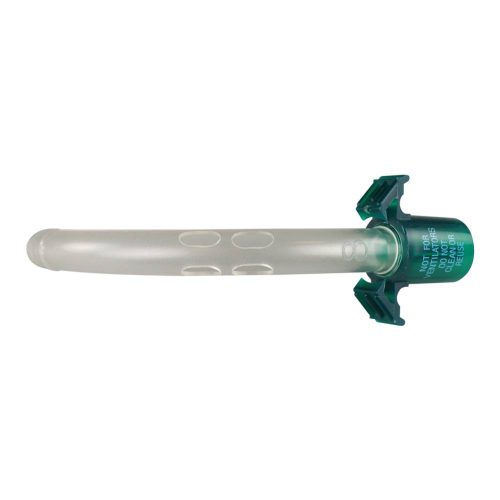 Covidien (Medtronic)
Covidien (Medtronic)Shiley Fenestrated Disposable Inner Cannula
Starting at: $4.59 Select options This product has multiple variants. The options may be chosen on the product page -
Sale!
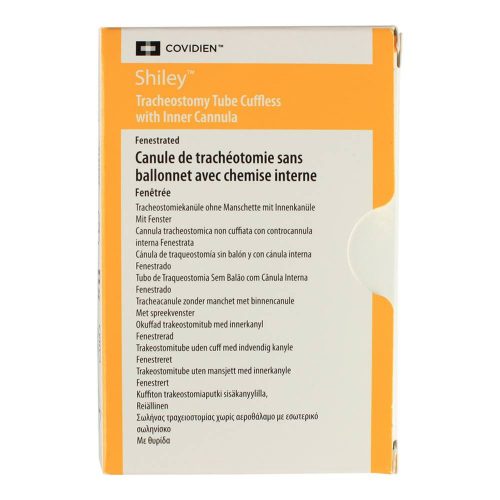 Covidien (Medtronic)
Covidien (Medtronic)Shiley Fenestrated Tracheostomy Tubes, Cuffless with Inner Cannula
Starting at: $60.99 Select options This product has multiple variants. The options may be chosen on the product page -
Sale!
 Covidien (Medtronic)
Covidien (Medtronic)Shiley Flexible Tracheostomy Tube With TaperGuard Cuffed, Disposable Inner Cannula
Starting at: $79.49 Select options This product has multiple variants. The options may be chosen on the product page -
Sale!
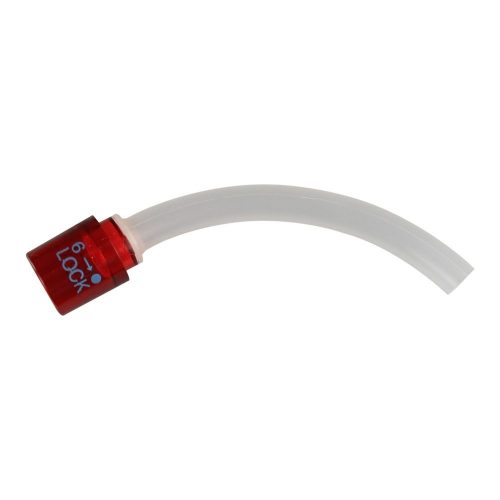 Covidien (Medtronic)
Covidien (Medtronic)Shiley Spare Inner Cannula
Starting at: $11.99 Select options This product has multiple variants. The options may be chosen on the product page -
Sale!
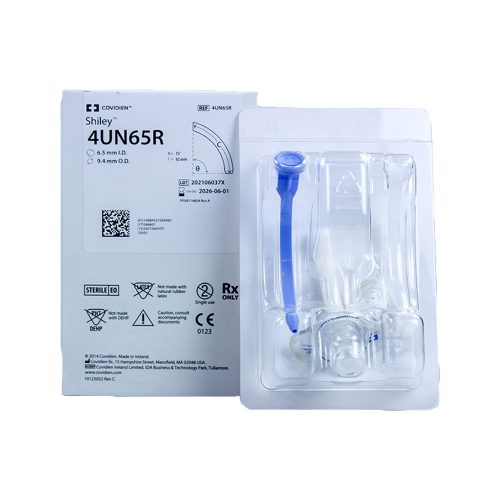 Covidien (Medtronic)
Covidien (Medtronic)Shiley Flexible Tracheostomy Tube Cuffless, Reusable Inner Cannula
Starting at: $92.29 Select options This product has multiple variants. The options may be chosen on the product page -
Sale!
 Smiths Medical
Smiths MedicalBivona Adult TTS Tracheostomy Tubes
Starting at: $118.09 Select options This product has multiple variants. The options may be chosen on the product page -
Sale!
 Covidien (Medtronic)
Covidien (Medtronic)Shiley Tracheostomy Tubes, Cuffed with Disposable Inner Cannula
Starting at: $56.39 Select options This product has multiple variants. The options may be chosen on the product page -
Sale!
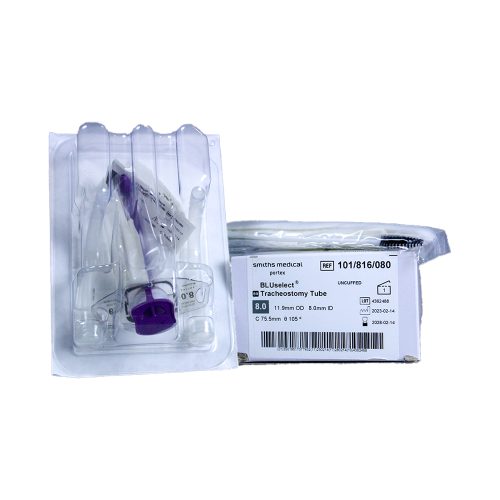 Smiths Medical
Smiths MedicalBLUselect Uncuffed Non-Fenestrated Tracheostomy Tube
Starting at: $59.29 Select options This product has multiple variants. The options may be chosen on the product page -
Sale!
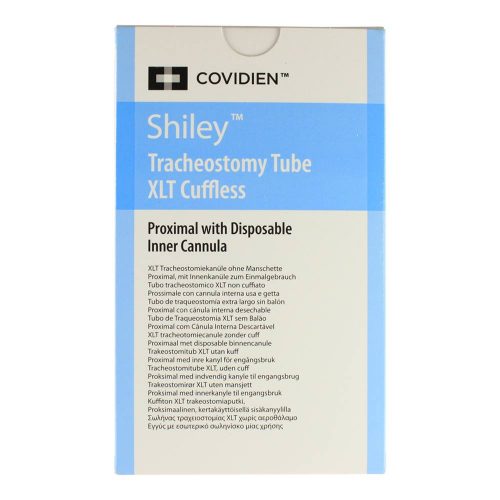 Covidien (Medtronic)
Covidien (Medtronic)Shiley XLT Cuffless Tracheostomy Tubes
Starting at: $108.09 Select options This product has multiple variants. The options may be chosen on the product page -
Sale!
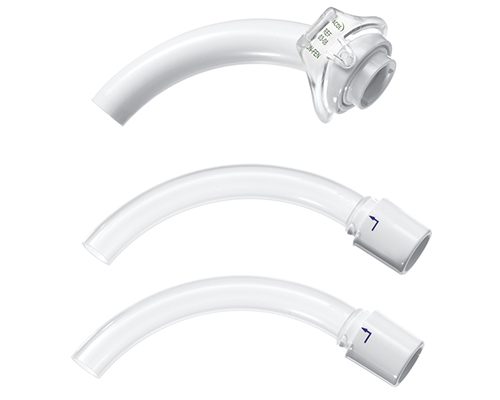 BVMed
BVMedTRACOE twist Tracheostomy Tube
Starting at: $91.49 Select options This product has multiple variants. The options may be chosen on the product page
Surgically created, a tracheostomy is a hole added to the windpipe to improve a patient’s breathing. A curved tube will then be inserted through the opening, also known as a stoma, to pass to the patient’s lungs.
Patients tend to receive a tracheostomy if they experience difficulty swallowing, have elevated aspiration risks, can’t expel their own mucus or will be using a mechanical ventilator.
About Tracheostomy Tubes
The typical trach tube includes three basic parts: an outer cannula, designed to keep the stoma open, the inner cannula that locks in place and can be removed for cleaning, and the obturator, a device used to position the system.
Duration varies based on use. The trach tube may end up being temporary if the issue — particularly an airway, coughing or secretion concern — resolves itself. Patients using a trach tube to manage sleep apnea will use it permanently.
Types of Tracheostomy Tubes
Trach tubes include the following types and components:
- Outer cannula: This portion of a tracheostomy tube is secured with a Velcro strap that fits around the patient’s neck. The tube will have a cuff — a balloon-like device placed on the outside to hold the component in place — or will be cuffless. Cuffed designs are ideal for patients living with aspiration issues, while cuffless trach tubes are suited to patients who can swallow or breathe on their own, or who have difficulty using a speaking valve.
- Inner cannula: This component fits inside the outer cannula, acting as a liner that will be removed periodically to clean mucus accumulation. Inner cannulas secure in place, so that they won’t accidentally be dislodged or fall out as a patient coughs. Realize that not every trach tube will have an inner cannula: Inner cannula-free trach tubes are ideal for patients who need to breathe freely and naturally.
- Fenestrated tracheostomy tube: This type of trach tube is given to patients using a ventilator but doesn’t have a speaking valve. These tubes come with certain risks, including granuloma formation and aspiration secretions.
- Obturator: This component is part of a standard tracheostomy system and assists with inserting and changing the tube. A smooth, edge-less design shields the airway from damage. Once the trach tube is securely in place, the obturator must be removed.
- Metal tracheostomy tube: This older, cuffless system remains available, but complicates the MRI process.
- Endotracheal tube: Also called an ET tube, this flexible tube passes to the windpipe to supply oxygen to the lungs. The tube will be connected to a ventilator in instances where sedation is required, during surgery, for foreign body removal, to better visualize an airway, or to help a patient unable to breathe on their own.